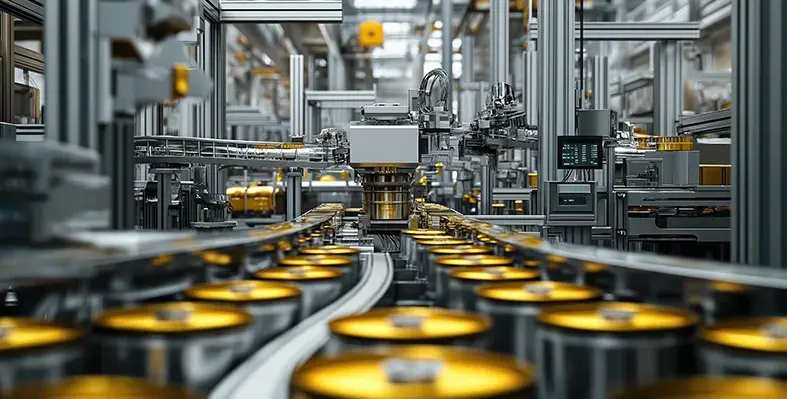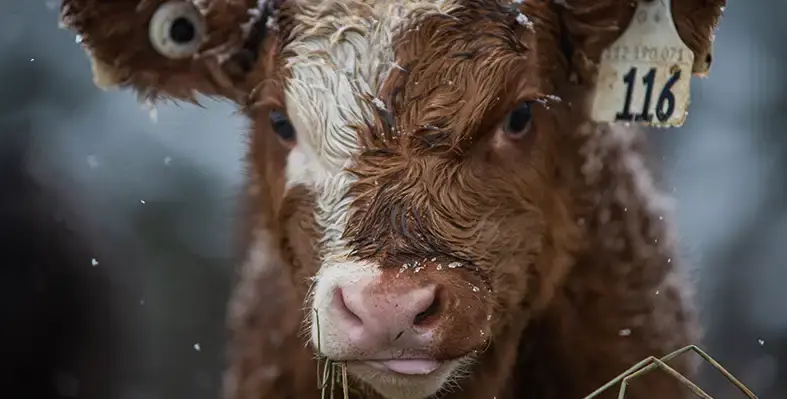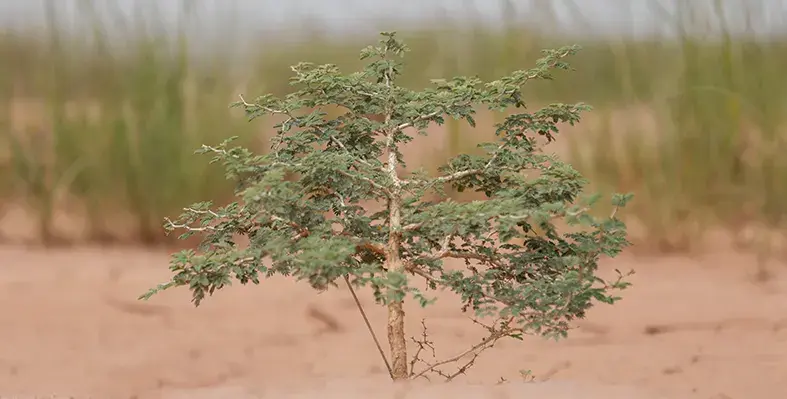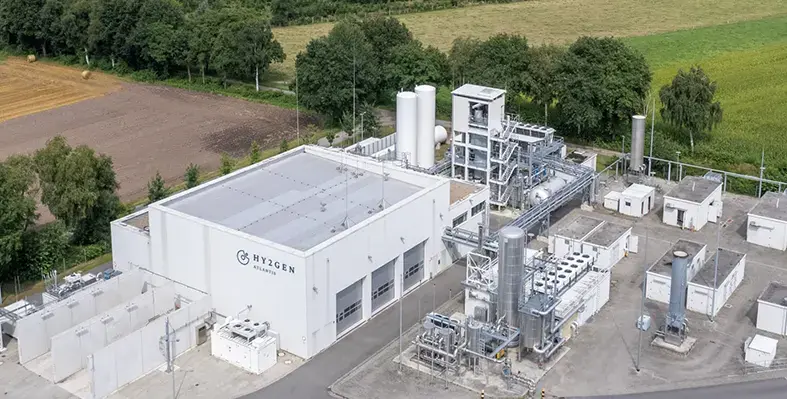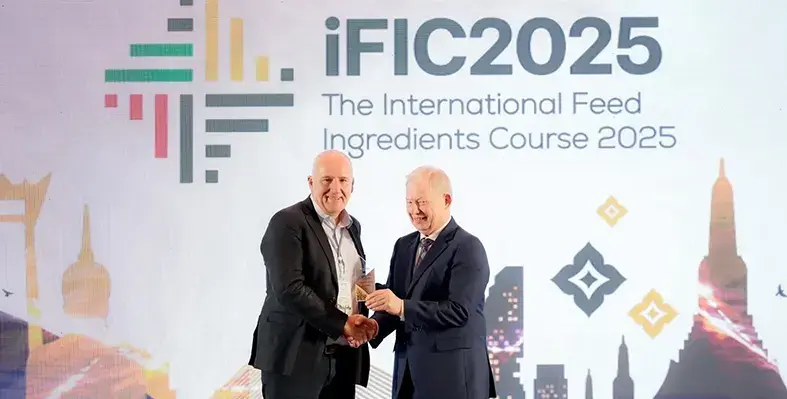
Hamlet Protein manufactures high-quality soy-based protein ingredients designed for young piglets, poultry, and calves.(Image credit: Hamlet Protein)
Hamlet Protein, a leading global producer of specialty soy-based ingredients for young animal nutrition, proudly served as the Gold Sponsor of the prestigious International Feed Ingredients Course (iFIC) held recently in Bangkok, Thailand
The three-day programme focused on deepening understanding of animal nutrition, feed ingredient application, and sustainable livestock production.
Representatives from Hamlet Protein joined nutritionists, researchers, and industry professionals to exchange ideas on the latest innovations in feed formulation and livestock health. Since its establishment in 2018, the iFIC has grown into a respected international forum where forward-thinking experts collaborate to drive progress across the feed and livestock sectors.
The event featured several renowned speakers, including Dr. Hans Stein, Professor of Animal Nutrition at the University of Illinois, who shared valuable insights into optimising feed efficiency and animal growth.
Simon Martyn, Hamlet Protein’s Commercial Director, said, “We are proud to be sponsoring the International Feed Ingredients Courses, as their focus on providing insights in the latest research, and on farm experience, with our core values on knowledge sharing. We strongly believe that sharing insights and truly listening to the challenges producers face in today’s market provides a platform for improvement. We do so in the field, and in conferences like these, and that is how we ultimately create value for our customers.”
With production facilities in Denmark and the United States, Hamlet Protein manufactures high-quality soy-based protein ingredients designed for young piglets, poultry, and calves. The company supports farmers and feed producers globally through a dedicated network of distributors and regional sales offices.
For more information, visit www.hamletprotein.com



